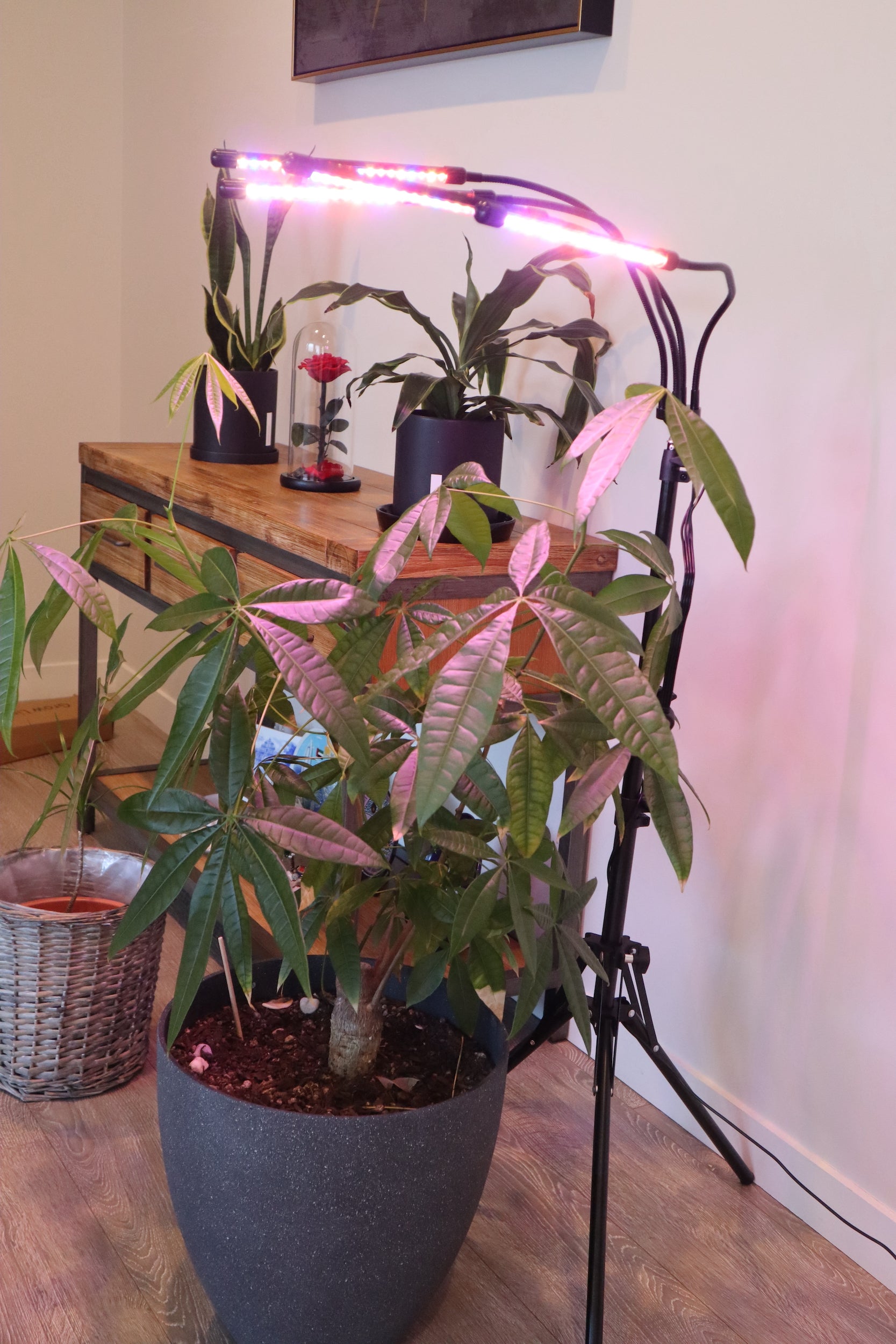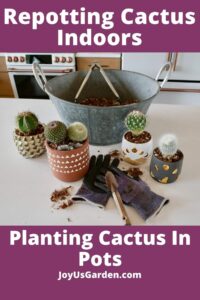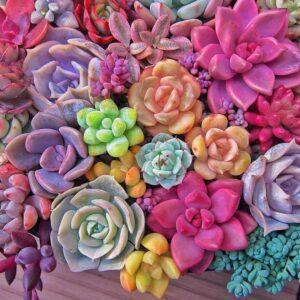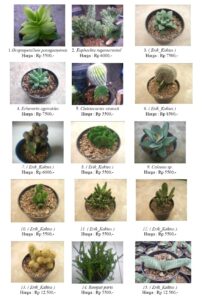When cultivating indoor plants, one of the most frequently pondered questions is whether grow lights can serve as effective substitutes for natural sunlight. As urban dwellers and apartment enthusiasts yearn for lush greenery in their homes, the benefits of grow lights become increasingly relevant. This article delves into the intricacies of grow lights, the unique needs of various indoor plants, and how to optimize light exposure for thriving growth.
Understanding the Photosynthesis Process
Photosynthesis is the miraculous biological process through which plants convert light energy into chemical energy, primarily producing glucose and oxygen. This trifecta of photosynthetic pigments—chlorophyll a, chlorophyll b, and carotenoids—grants plants their vibrant hues and is crucial to their health. When light permeates through chlorophyll, it energizes electrons, catalyzing a series of reactions that ultimately lead to energy production.
Artificial light sources, such as LEDs, fluorescent, and incandescent bulbs, can replicate certain wavelengths of sunlight, which play a pivotal role in triggering photosynthesis. Plants respond variably to different spectrums; blue light energizes vegetative growth, while red light stimulates flowering and fruiting. Depending on the plant species, one may find that incorporating specific light spectrums can yield exceptional results.
The Millennia-Old Dependence on Sunlight
For eons, plants have evolved under the sun’s warm embrace. The sun provides not only the necessary illumination but also affects ambient temperature and humidity, creating ideal microenvironments. Thus, the question arises: can grow lights envelop plants effectively under these conditions?
While grow lights emit visible light, they may lack the broader spectrum and infinite variability offered by the sun—natural sunlight is nuanced, shifting throughout the day. Some plants exhibit phototropism, bending toward light—an inherent survival strategy that defeats the static nature of most indoor lighting solutions.
The Benefits of Grow Lights
Despite potential drawbacks, grow lights come with a slew of advantages that cater to modern horticulture. They offer flexibility in placement, allowing gardeners to cultivate plants in unconventional spaces where sunlight is limited. Additionally, grow lights can extend the growing season for certain species, bestowing upon enthusiasts the luxury of year-round gardening.
Light Spacing and Duration
It’s essential to ascertain the optimal distance from the grow light to the plant. For example, LED lights are less heat-intensive and can be placed closer to the foliage, while other types like incandescent bulbs can cause scorching if positioned too near. Furthermore, light duration must be regulated; most plants flourish with 12 to 16 hours of light daily. Leafy greens may require less, whereas flowering plants often necessitate longer exposure to provoke blooming.
Real-Life Success Stories
Numerous urban gardeners have harnessed grow lights as a pivotal tool in their botanical journeys. Take, for instance, the myriad of indoor herb gardens thrumming with life as basil, mint, and parsley flourish under spectral light. Furthermore, succulent aficionados gradually learn to balance their watering habits and light exposure. Experience reinforces the notion that merely replacing sunlight with grow lights doesn’t guarantee thriving plants. It’s an experiment—one of balance, observation, and adaptation.
Challenges with Indoor Lighting: The Limitations of Grow Lights
Nevertheless, there are notable limitations to using grow lights as a permanent alternative to sunlight. Many plants, particularly tropical species, may require specific environmental conditions that grow lights alone cannot satisfy. An artificial lighting solution can manipulate light spectrums but cannot mimic the accompanying thermal and atmospheric qualities intrinsic to natural sunlight.
Moreover, the energy efficiency of some lighting solutions must be contemplated. Not all bulbs are created equal; incandescent options consume excessive energy and produce heat that can inadvertently affect nearby flora. Thus, one must approach the selection of grow lights with a discerning eye, searching for cost-effective, energy-efficient options that neither compromise plant health nor lead to skyrocketing energy bills.
Light Quality vs. Light Quantity
Pushing the boundaries of the debate is the crucial distinction between light quality and light quantity. While many assume that more light equates to more productivity, the premise is erroneous. Quality encompasses not only the spectrum available but also the intensity and duration. Light saturation can lead to diminishing returns; understanding the delicate balance of light quality can unlock a plant’s full potential.
The Right Fit for Your Indoor Jungle
As households adopt a greener lifestyle, the intrigue surrounding grow lights will undoubtedly persist. Adapting to the growing whims of indoor gardening with care pays dividends. Knowing that grow lights can exist as complimentary aides rather than outright replacements for sunlight encourages explorers to blend the two, creating a harmonious balance that fulfills their botanical aspirations.
In conclusion, while grow lights can substitute certain aspects of sunlight effectively, the prospect of replicating the multifaceted rol of our star remains complex. The marriage of technology with nature is continually unfolding; understanding the science and nurturing a sense of curiosity opens up a world of possibilities for indoor cultivators. Let awe and wonder inspire your botanical endeavors.




Leave a Comment